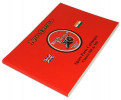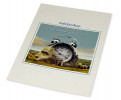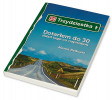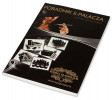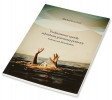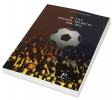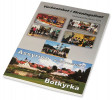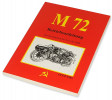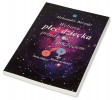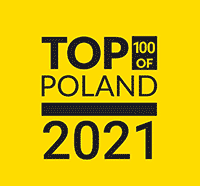 Construction of a hardcover book
Construction of a hardcover book
 Construction of a softcover book
Construction of a softcover book
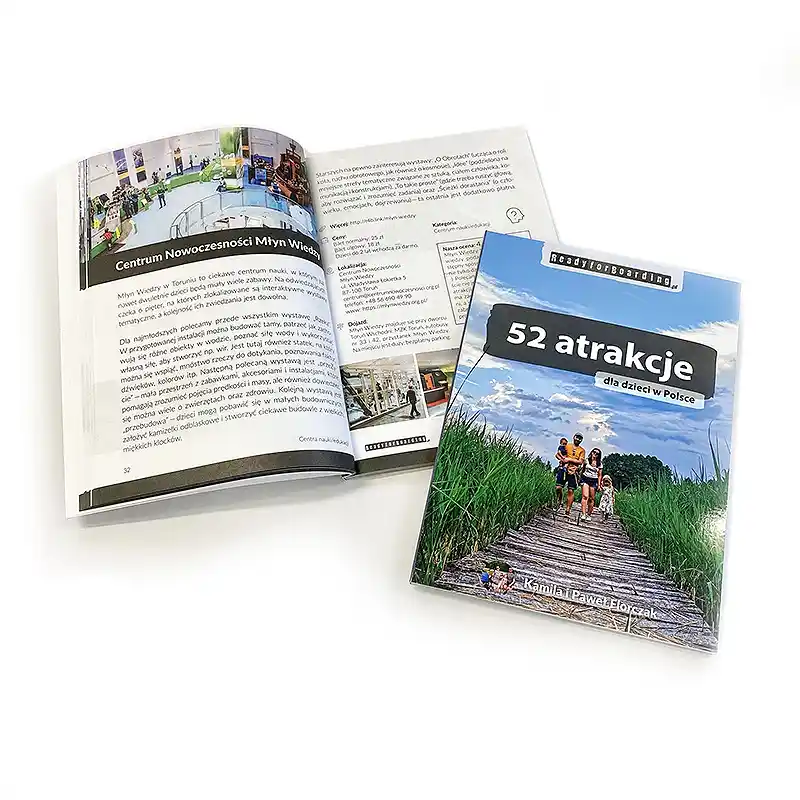 The book has a glued soft cover. The interior was printed in color on uncoated Speed-E 90g paper.
The book has a glued soft cover. The interior was printed in color on uncoated Speed-E 90g paper.
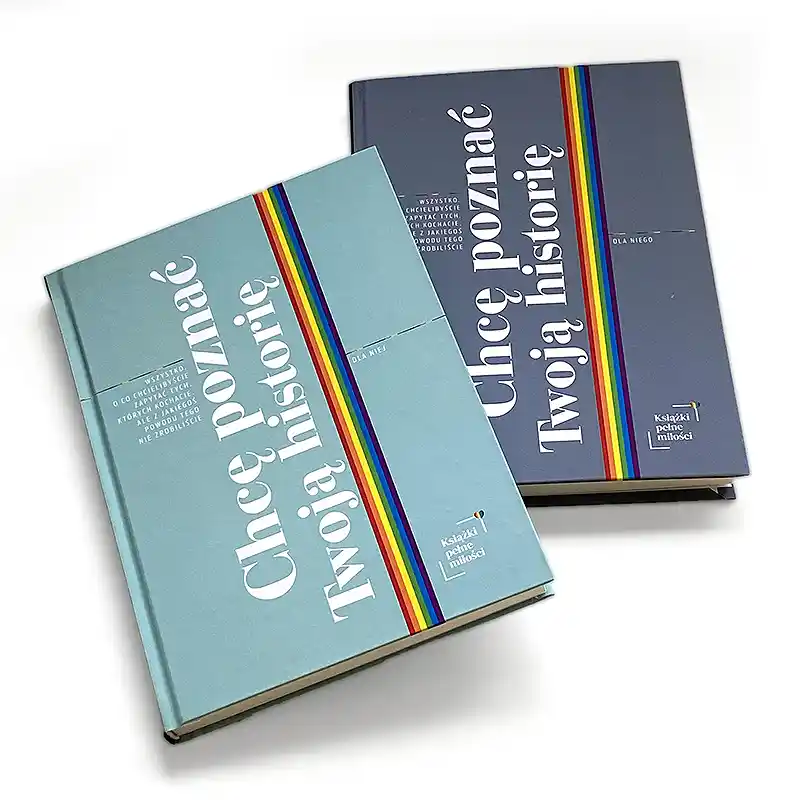 Sewn-glued books in hardcover. Soft-touch laminated cover
Sewn-glued books in hardcover. Soft-touch laminated cover
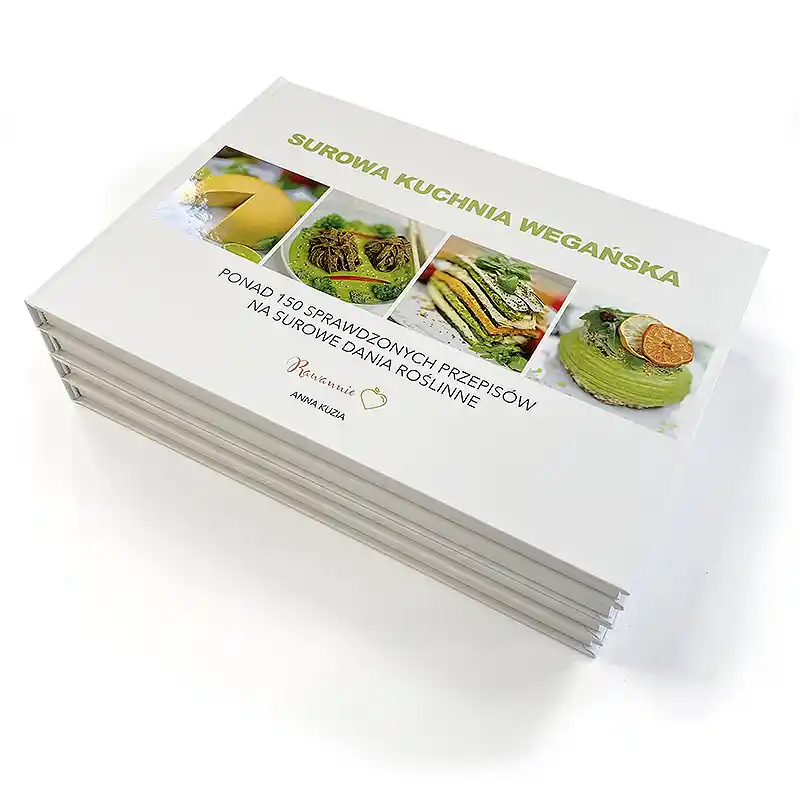 The book has a stitched and glued hard cover. Laminated cover, selectively lacquered photos.
The book has a stitched and glued hard cover. Laminated cover, selectively lacquered photos.
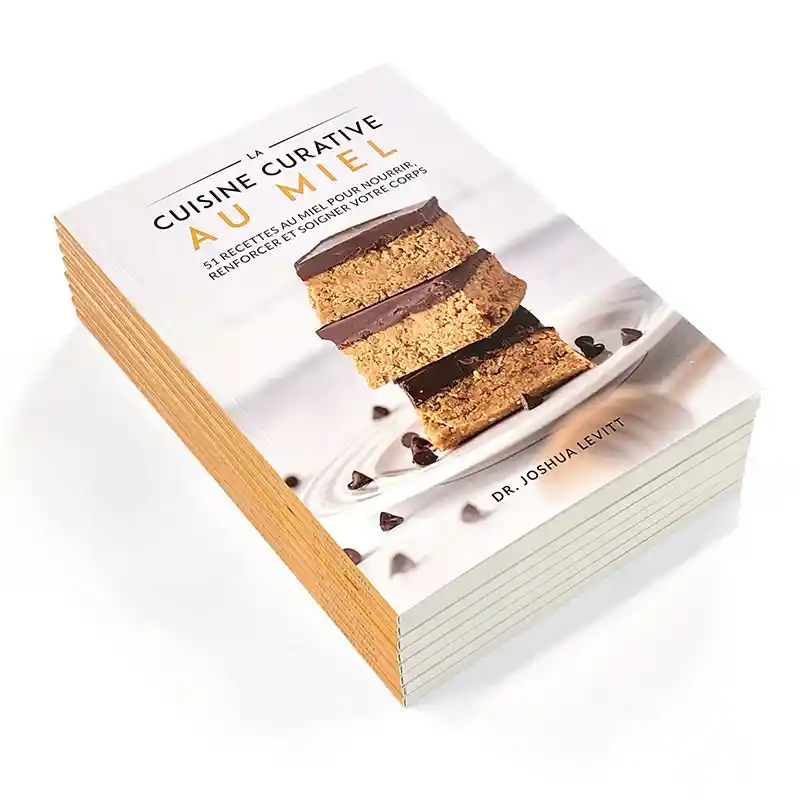 Cookbook in glued soft cover, cover printed on 350g paper with glossy laminate
Cookbook in glued soft cover, cover printed on 350g paper with glossy laminate
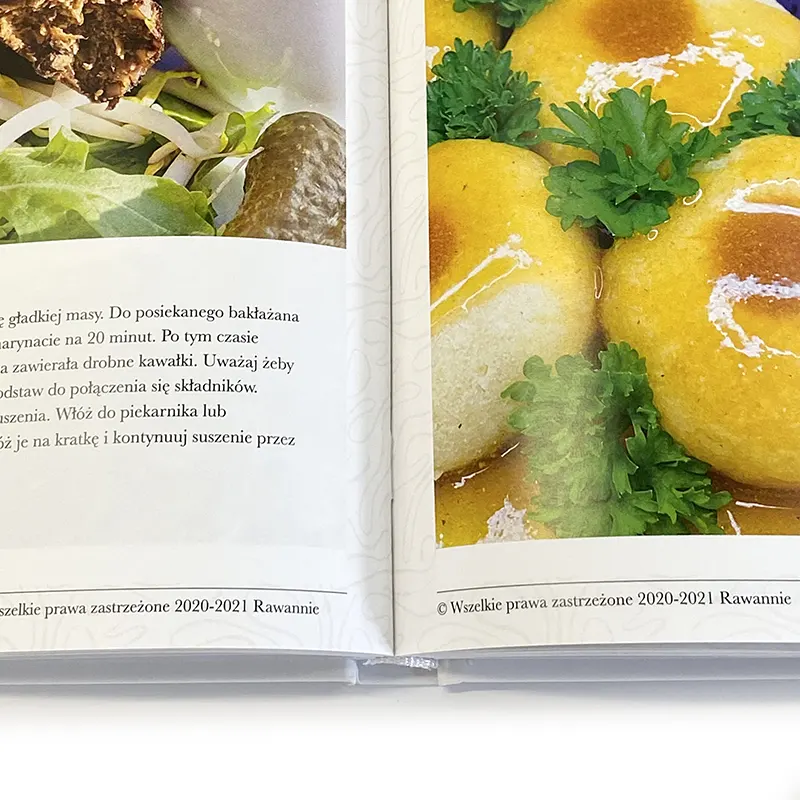 The cookbook is printed on coated, matte wood paper, 90g
The cookbook is printed on coated, matte wood paper, 90g
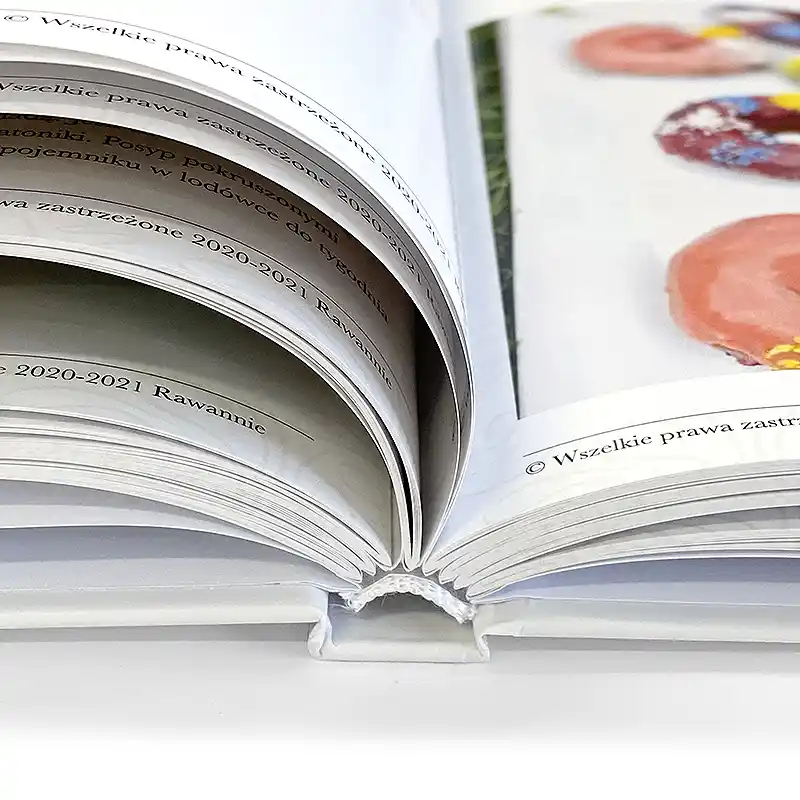 Cookbook in a sewn-glued hardcover. Matte coated paper 135g. White headband
Cookbook in a sewn-glued hardcover. Matte coated paper 135g. White headband
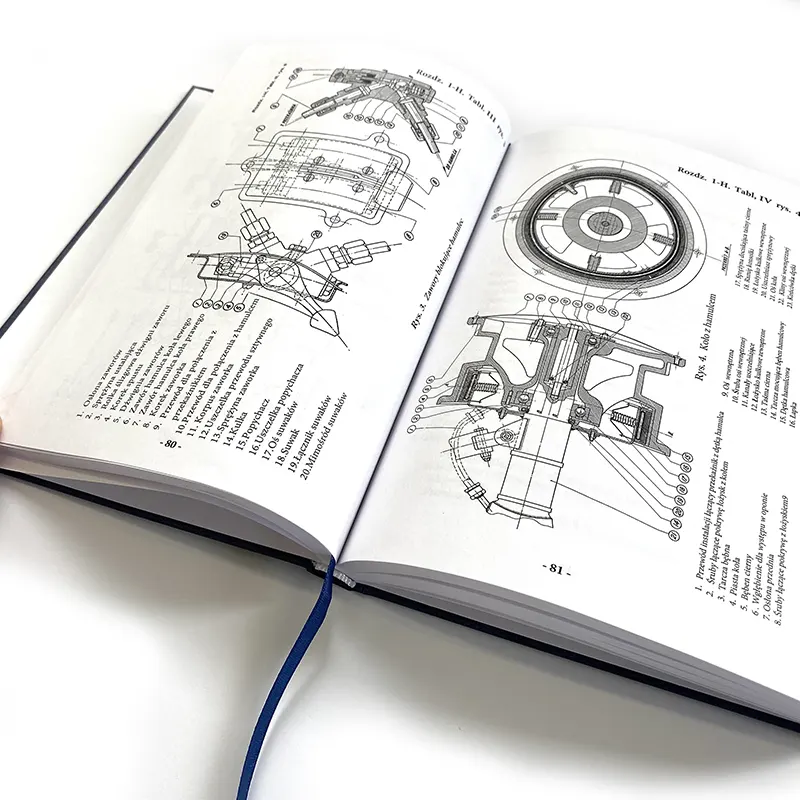 Hardcover book - operating manual for an oldtimer airplane.
Hardcover book - operating manual for an oldtimer airplane.
 Hardcover book, red reading ribbon.
Hardcover book, red reading ribbon.
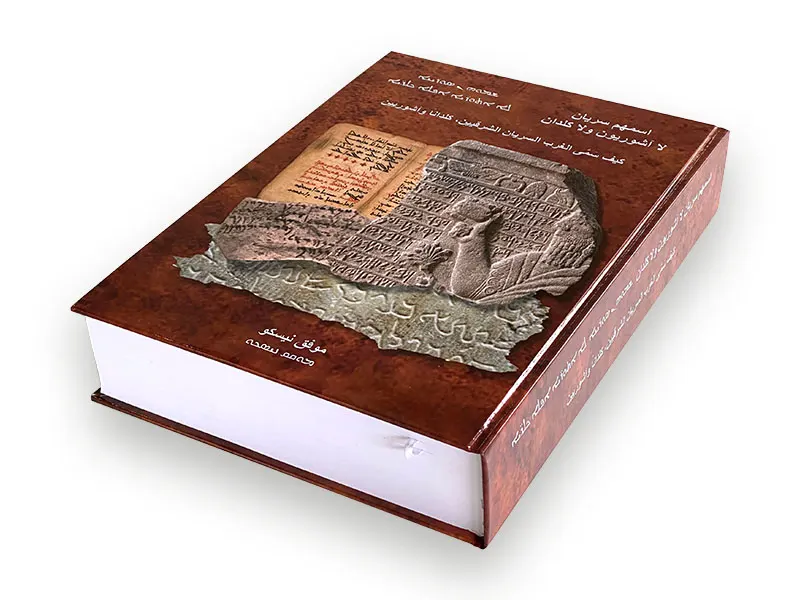 An Arabic book with a volume of approximately 1,000 pages in a glued hardcover with a headband and a reading ribbon. The specific design of Arabic books is characterized by the spine on the right side and the opposite reading direction.
An Arabic book with a volume of approximately 1,000 pages in a glued hardcover with a headband and a reading ribbon. The specific design of Arabic books is characterized by the spine on the right side and the opposite reading direction.
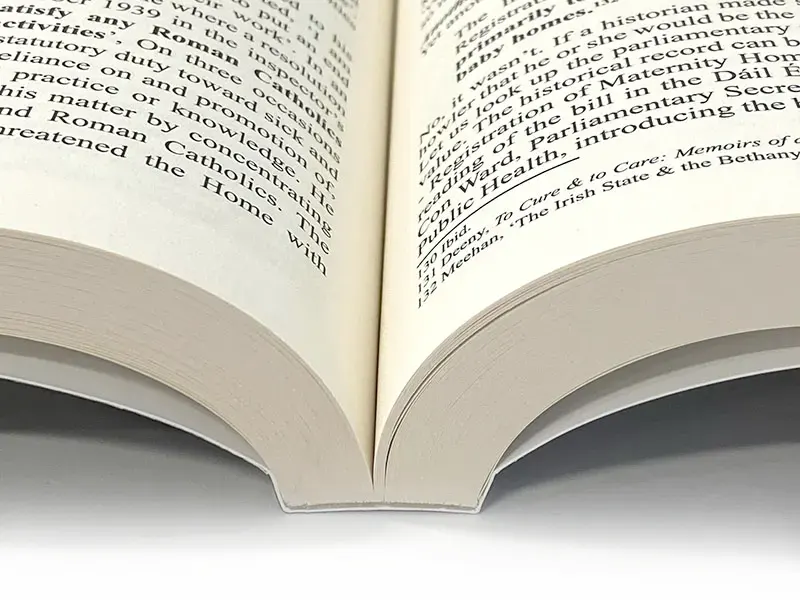 The inside of the book is printed in black on Ecco Book Cream paper. The cream-colored paper refers to old books, giving them a specific character. Glued soft binding, thanks to the large volume of the book, significantly improves its ease of opening.
The inside of the book is printed in black on Ecco Book Cream paper. The cream-colored paper refers to old books, giving them a specific character. Glued soft binding, thanks to the large volume of the book, significantly improves its ease of opening.
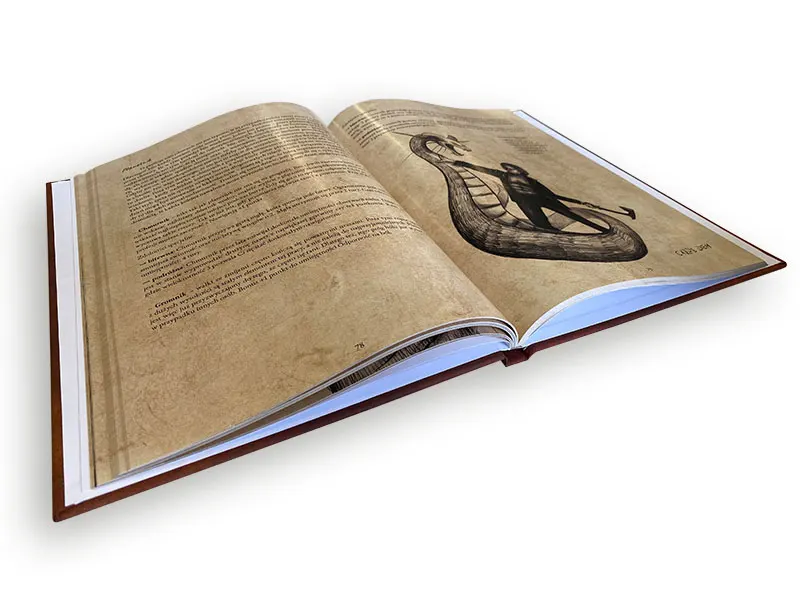 The book has a hard-glued cover, printed in color on 135 g coated paper.
The book has a hard-glued cover, printed in color on 135 g coated paper.
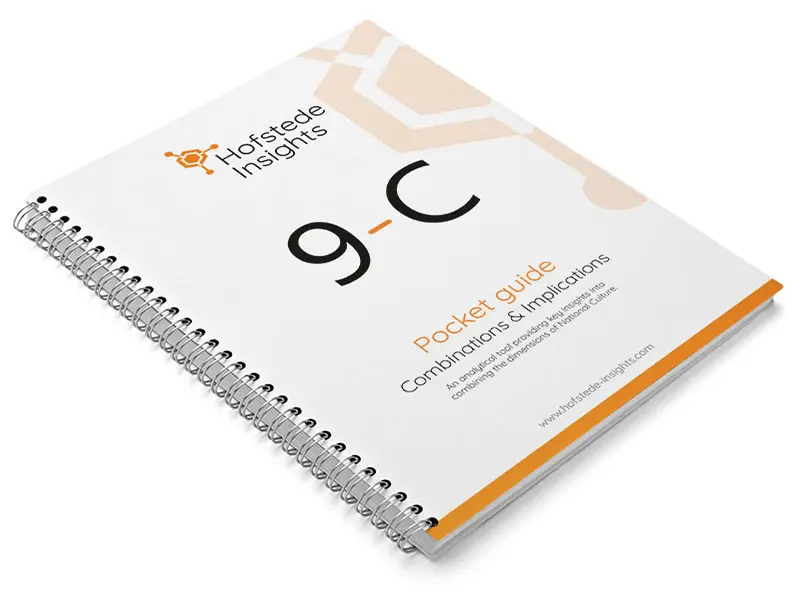 Spiral-bound books are comfortable and durable for intensive use. The right choice of binding for: user manuals, product catalogues, service books. The way the pages are joined allows the book to be unfolded completely flat.
Spiral-bound books are comfortable and durable for intensive use. The right choice of binding for: user manuals, product catalogues, service books. The way the pages are joined allows the book to be unfolded completely flat.
Book Printing on Demand
Order your own books in ✓softcover ✓hardcover printed ✓offset ✓digitally from 1 copy.
How much does it cost to print your own book?
The production of a book is a complex, multi-step process. To get an estimate, several basic parameters need to be specified. The most important of these are: print run, binding, format, number of pages, paper, printing method, and finishing.
Each of these parameters affects the price of the book. The basic rule is that increasing the print run reduces the unit price of the book. Nothing lowers the price per book as much as increasing the print run. Another important parameter is the format, whose surface area is roughly proportional to the cost of book production. This is mainly due to the increased demand for raw materials and a larger print area. An important aspect is the type of book binding. The choice of binding is crucial as it affects the appearance, durability, and user comfort of the book. For example, a glued book will be more difficult to open than a sewn-glued book, which lays flat better (pages open more easily to the sides) but is more expensive to produce. Consider whether the book should be comfortable to use or just inexpensive. When choosing paper, aside from the aesthetic aspect of selecting the color or type of paper, it is important to decide if the paper should be ordinary or bulked. If the book has a small number of pages, choosing ordinary paper may result in it looking like a thin notebook, making it less impressive. In this case, it's worth considering bulked paper, which significantly increases the volume and makes the spine much wider. Bulked paper has greater thickness at the same weight, so a thicker book will not be heavier. After considering and specifying all these parameters, the book can be priced on our website using the book calculator available after selecting the format at the top of this page.
Comparison of technical parameters of papers used for book Printing
Paper is a crucial aspect when printing a book. Weight and thickness of the book should be considered. If the book has few pages, using bulked paper of significant thickness can have a beneficial effect. For books with a large number of pages, the considerable weight and volume must be considered; in this case, papers with lower thickness and weight are recommended. The size of the spine in different types of binding has its limit, so thickness is important. Amber Graphic papers are characterized mainly by high whiteness, unlike Ecco Book papers, which have a natural or cream color similar to that found in old books.
| Paper name | Weight (g/m²) | Opacity (%) | Whiteness (CIE) | Thickness (µm) |
| Uncoated Amber Graphic | 80 | 92 | 143 | 99 |
| Uncoated Amber Graphic | 90 | 94 | 143 | 110 |
| Uncoated Amber Preprint | 100 | 96 | 167 | 130 |
| Novatech glossy coated | 115 | 94.5 | 125 | 85 |
| Novatech glossy coated | 135 | 95 | 125 | 100 |
| Novatech matte coated | 115 | 95 | 100 | 97 |
| Novatech matte coated | 135 | 96.5 | 100 | 117 |
| Coated wood One Bulk 1.14 | 65 | 95 | 87 | 74 |
| Coated wood Sol Plus 1.2 | 80 | 96 | 94 | 96 |
| Coated wood Sol Plus 1.2 | 90 | 97 | 94 | 108 |
| Uncoated Ecco Book 1.4 | 60 | 94 | 80 | 84 |
| Uncoated Ecco Book 1.6 | 70 | 97 | 80 | 112 |
| Uncoated Ecco Book Cream 2.0 | 60 | 92 | 73.5 | 120 |
| Uncoated Ecco Book Cream 2.0 | 70 | 93 | 73.5 | 140 |
| Uncoated Ecco Book Cream 2.0 | 80 | 94 | 73.5 | 160 |
| Uncoated Ecco Book Cream 2.0 | 90 | 94 | 73.5 | 180 |
Description of Popular Materials:
Amber Graphic Uncoated paper, commonly known as offset paper, very similar to what is commonly used for office printers. It is rough to the touch and absorbent. It writes well, even with a pen. It is suitable for both black and color printing, but in the case of offset technology, it does not provide as intense colors as coated papers. For glued bindings, it allows for a very strong bond, ensuring the highest durability of the printed book.
Amber Preprint (uncoated) Premium uncoated paper with similar features to Amber Graphic. The increased whiteness and additional surface smoothing guarantee better color print intensity in offset and digital technology than Amber Graphic but still fall short of coated papers. Commonly used for producing company stationery and books in the premium sector. For glued bindings, it allows for a very strong bond, ensuring the highest durability of the printed book.
Ecco Book (uncoated) Uncoated, wood-based bulky paper. Available in cream and white versions. Thanks to technological bulking, it is characterized by significant thickness relative to its weight and high opacity. Its parameters allow for a lightweight book without reducing its volume. This paper, especially in the cream version, is not suitable for color book printing. Its cream variant allows for printing books that resemble those known from decades ago.
Sol Plus (coated wood-based) Wood-based, coated, bulky paper in natural white color. It is characterized by very good opacity and volume parameters relative to its low weight. Its high parameters allow it to be used as a substitute for much higher-weight wood-free coated papers. Sol Plus paper guarantees excellent quality two-sided color printing. Its low weight significantly impacts the cost of book printing.
G-silk, Vantage, Magno (coated wood-free) High whiteness and smoothness, no bulking or slight (G-silk). The most popular material for printing leaflets, brochures, catalogs, and other advertising materials. Ensures excellent print quality and intense colors in all popular printing technologies.
Types of Book Bindings:
Softcover - most popular
Softcover books have a cover made of paper/cardboard with weights of 250-350g (rigidity similar to a business card).
Hardcover - higher price and longer lead time
Hardcover books have a cover made of solid cardboard about 2 mm thick (high rigidity, does not allow free bending).
Methods of Binding Pages within a Book Block
Wire-Stitched / Saddle Stitch
The pages are bound in two places using wire or staples. This binding method is suitable for books with a volume of 8 to several dozen pages (depending on the thickness of the paper used). The number of pages in the book block must be divisible by 4. The spine in this binding is round. Books made with this binding are easy to open. Wire-stitched binding is the cheapest option available in the print shop.
Perfect Binding
The most popular method of binding printed books. The pages are arranged parallel to each other and glued along the edge. The book's spine is rectangular, and its width ranges from 3 to 50 mm. Perfect binding, depending on the thickness of the paper used, is applied to books with more than 40 pages. Books that do not achieve a spine width of 3 mm require sewn binding for technological reasons. Books with perfect binding, due to the parallel gluing of the pages, have poorer openability compared to sewn books. The ease of opening a book also significantly depends on its volume (spine thickness). Books with perfect binding that have a large number of pages (several hundred), where the spine width reaches several centimeters, exhibit much better openability. In this regard, the principle can be adopted that the thicker the spine, the better the book behaves.
Two gluing technologies are used in perfect binding depending on the need: Hot-melt and PUR.
Hot-melt glue is the most popular method, commonly found in books for decades. There are many variations of glue in this technology, which is constantly being improved. The latest hot-melt adhesives based on polymers achieve flexibility and durability parameters similar to polyurethane (PUR) glue, which significantly increases their application. Modern hot-melt adhesives are characterized by high durability, favorable price of the glue joint, and production efficiency. It is most suitable for books printed on uncoated paper. Its significant advantage is the speed of bonding, which occurs immediately after the glue cools (about 3 minutes), allowing further binding processes and quick delivery of the finished product to the customer.
PUR (polyurethane) glue, hardened during a multi-hour chemical reaction, has high flexibility and adhesion to all printing substrates after 48 hours. It provides tangible benefits when binding books and catalogs that use coated (glossy) paper inside. The long drying time and stringent requirements slow down and complicate production.
Sewn and Glued Binding
This is a type of hybrid binding where the pages are sewn into 16-32 page booklets and then glued together to form a book with a volume of up to a thousand pages. Sewn and glued binding combines the best features of the previously mentioned sewn and perfect bindings. Easy openability of the book, as in sewn binding, and a large number of pages with a spine width of up to 50 mm, as in perfect binding.
Spiral Binding
This binding is popularly used in various documentation, menus, catalogs that will be heavily used. Thanks to the perforation of the pages and the use of a metal spiral, pages of any stiffness can be freely turned many times without the risk of them falling out, as is the case with other bindings during intensive daily use. The absence of a spine allows the book to be folded in any way. This binding is very convenient to use and very durable. The possibility of choosing spirals in different colors can be an additional decoration for the book. The durability of a spiral-bound book can be further increased by using rounded corners, which prevents their deformation and delamination during intensive use.
Comparison of available fixtures:
| Fixture type | Sewn with wire | Glued | Sewn and glued | Spiral |
| Production price | ••• | •• | • | • |
| Openness | •• | • | •• | ••• |
| Paper weight | 60 - 350g | 60 - 130g | 60 - 130g | 90 - 350 |
| Page capacity * | 8 - 60 | 40 < | 40 < | 8 < |
| Durability of the frame | • | •• | •• | ••• |
| Time limit for completion | ••• | •• | • | • |
• the more the better
*) depending on paper thickness
Book Printing
We offer book printing using two different technologies, making our service flexible and tailored to the client's needs. For print runs ranging from 1 to several hundred copies, we use digital printing technology. For larger print runs, we employ offset printing technology. We print books in black and white, CMYK color, and Pantone on uncoated, coated, tinted, and volume papers.
Personalized Books
If you need your books to be unique, such as having each book include a specific dedication, be marked with a unique QR code or barcode, or feature variable numbering, contact our printing house. Thanks to specialized technologies, we can mark each copy on the cover or inside according to your idea.
Book Accessories
Our printing house also offers bookmarks.













